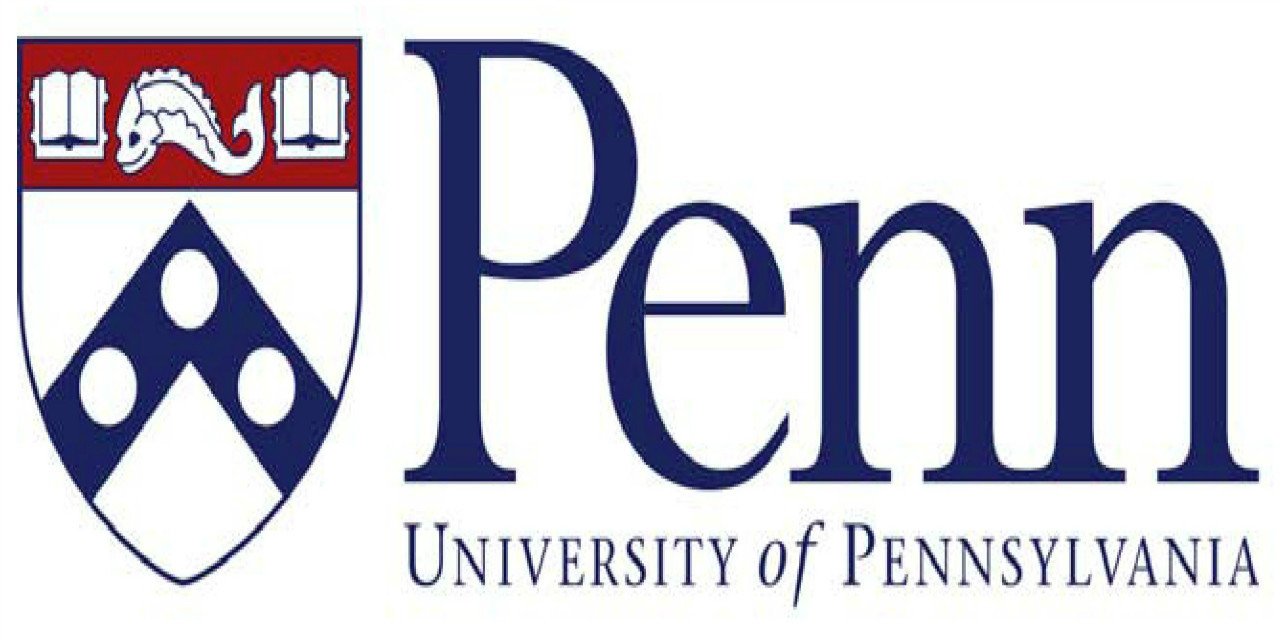The NASA Innovative Advanced Concepts (NIAC) Program nurtures visionary ideas that could transform future NASA missions with the creation of breakthroughs— radically better or entirely new aerospace concepts — while engaging America's innovators and entrepreneurs as partners in the journey. NASA Innovative Advanced Concepts (NIAC) nurtures new ideas in space technology. The program has several Phases, the first of which is selection for initial exploration of new ideas. Here are two projects which were selected in 2023 for Phase 1 funding.
1. Photophoretic levitation and propulsion mechanisms
Igor Bargatin at the University of Pennsylvania proposes the use of photophoretic levitation and propulsion mechanisms to create no-moving-parts flying vehicles that can be used to explore Earth's upper atmosphere. Recently he demonstrated levitation of centimeter-scale plates using the photophoretic force at a variety of air pressures.
The photophoretic force appears when a solid is heated relative to the ambient gas through illumination. This induces momentum exchange between the solid and the gas. The force creates lift in structures that absorb light on the bottom but stay cool on the top. Bargatin engineered the plate’s mechanical metamaterials to maximize this lift force and payload.
The levitation and payload capabilities of the plates typically peak at ambient pressures in the one tenth to one thousand Pascal range. This is ideal for applications in Earth’s mesosphere and Mars’ low gravity and thin atmosphere.
The mesosphere of the Earth ranges from thirty miles to fifty miles above sea level. At this altitude, the air is too thin for conventional airplanes or balloons but too thick for satellites. Currently, measurements can only be performed for a few minutes at a time as a research rocket passes through the mesosphere.
However, the range of ambient pressures in the mesosphere is nearly optimal for the plate’s payload capabilities. With further optimization, the photophoretically levitated microflyers could remain aloft for extended periods of time by using the Sun’s natural light during the day. The plate could also stay aloft by ascending during the day and descending at night.
Microflyers utilizing the photophoretic propulsion system would enable new ways to study the Earth’s mesosphere using payloads that weigh only a tenth of an ounce. They could also be used to explore Mars.
2. Aeroget Core Rocket Engine
Ryan Weed at Positron Dynamics proposes the development of a nuclear fission fragment rocket engine (FFRE) to satisfy the urgent need for advanced propulsion solutions. This new engine would be exponentially more propellent efficient than rocket engines which are currently used to power today’s space engines. Such engines could achieve very high specific impulse at high power density.
Current proposed designs for FFREs are prohibitively massive, have significant thermal constraints, or require implementing complex designs. These designs include dusty plasma levitation which limits their near-term viability.
Weed intends to develop a small prototype low-density nuclear rocket reactor core. It would convert the nuclear energy stored in a fissile material into a high velocity rocket exhaust. It would also supply electrical power for spacecraft payloads.
The key improvements over previous nuclear propulsion concepts include embedding the fissile fuel particles in an ultra-low density aerogel matrix to achieve a critical mass assembly and to utilize recent breakthroughs in high field, high temperature superconducting magnets to constrain fission fragment trajectories between moderator elements to minimize reactor mass.
The aerogel matrix and high magnetic field greater than twenty Tesla allows for fission fragments to escape the core while increasing conductive and radiative heat loss for the individual fuel particles. NAIC work will provide detailed mission analysis for fast transit to the Solar Gravity Lens (SGL) about fifty billion miles from the Sun for direct imaging and high-resolution spectroscopy of a habitable exoplanet at a distance of up to one hundred light years.
The FFRE propulsion system could provide delta-V to reach the SGL in less than fifteen years. It could provide the slowdown and maneuvering capability at the SGL. The telescopes would act as a single pixel detector while traversing the Einstein Ring region. This will allow the construction of an image of the exoplanet with sufficient resolution to see its surface features and signs of habitability.
